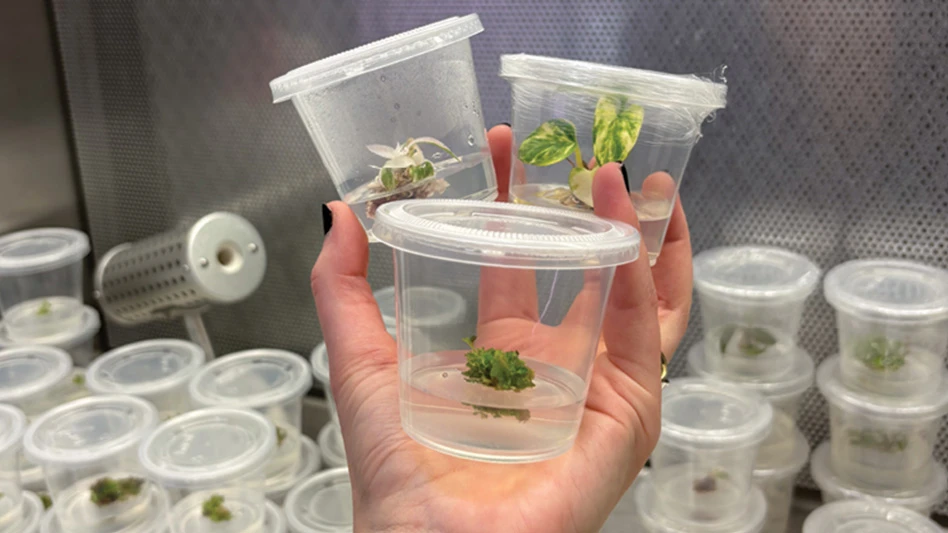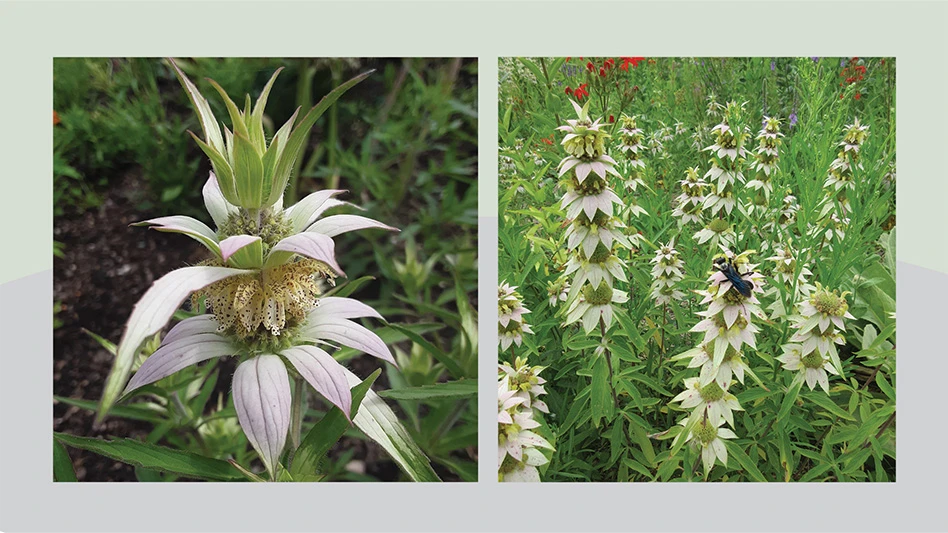View a PDF of the full report here.
This autumn, Greenhouse Management magazine and our sister publication, Nursery Management magazine, surveyed North American growers about administering pest management plans, which pests are the most problematic, scouting protocols, pest control budgets and much more.
Our survey of more than 100 growers revealed that both the time spent on IPM and the money dedicated to it grew in 2024 relative to previous years. And while concerns over cost are easing, growers still worry about staffing employees who can take control of IPM management, as planning for prevention, rather than cure, becomes more of an industry norm.

Big growers bugged
Half of respondents in 2024 have a growing capacity under cover of more than 50,000 square feet. That’s a 10% bump in the biggest growers compared to 2023 survey participants, a majority of whom had capacity of 49,999 square feet or less.

Problematic pests
For the last three years, aphids have remained the most problematic pest. In 2024, 65% of growers report battling the insects. Meanwhile, thrips (61%), mites (56%), whiteflies (35%) and fungus gnats (30%) round out the top five. There is some unwelcome movement in the standings, however, with scale making a 7% jump among reported pests from 2023 to 2024, while the red-headed flea beetle (RHFB) makes up about half of the 22% of “other” pests growers reported in 2024.

Good plan
A strong majority (84%) of respondents report having an integrated pest management (IPM) plan. That’s 7% more than those who reported having an IPM plan in 2023. The increase makes sense in the context that half of 2023 respondents who didn’t have a plan expected to have one in 2024.
And the momentum is growing — well over three-quarters of respondents without an IPM plan this year say they will have one in 2025. These plans are likely reflected in how growers are viewing pest management processes. More surveyed growers in 2024 than in 2023 said that their efforts are preventive rather than curative, suggesting an increased focused on proactive prevention.

Time, money & labor
There was a slight decrease in those growers who report having a dedicated IPM manager, with exactly half of respondents having staffed the position in 2024. But despite the dip in having a dedicated position, the amount of labor hours spent on pest management has increased.
In 2023, 53% of respondents said they spent fewer than 100 hours on pest management in a 12-month period. In 2024, a majority of respondents are spending more than 100 hours on the task, with a majority of those (and 37% of all surveyed) spending 250 hours or more on pest management.
Considering that increase in time spent, it makes sense that pest management is taking up more of growers’ budgets, too. In 2023, only 36% of respondents budgeted more than $25,000 per year. This year, 48% of surveyed growers say they budget $25,000 and above. Some of that result can be attributed to the fact that bigger growers will likely spend more money on pest control. But in the context of other responses, it could also be that pest control is becoming an increased focus for most growers.

Scout’s honor
The increase in time spent managing pests is likely reflected in the fact that in 2024, more growers than in previous years said they scout for pests daily (59%) or weekly (42%). More scouting naturally demands more people, and the share of those growers with a scout team of five to 10 crew members grew by 8% compared to 2023.

Control concerns
In the last year, concern about the price of pest control has decreased significantly, with nearly 10% fewer growers than in 2023 citing it as an issue in 2024. Meanwhile, increased concern over labor has made it the top issue for growers surveyed, with 26% saying finding the people to tackle pest control is their biggest problem.

Bio boom
About two in three survey respondents said they use biocontrol measures, and 88% of those said they use them in conjunction with traditional methods. A third of respondents who reported not using biocontrol measures cite a need for additional education on the process.
When it comes to the type of biocontrol products used, predators are the top method, but pathogens made big strides in 2024, with 11% more growers than in 2023 saying they use them. Considering their widespread use, it makes sense that just 15% plan on implementing the method in the next 12 months.



Explore the November 2024 Issue
Check out more from this issue and find your next story to read.
Latest from Greenhouse Management
- Belgian thermal screen manufacturer Phormium launches Noctis Thermo
- New book explores plants that thrive in Rocky Mountains
- Prospiant appoints Burk Metzger as new president
- Iowa plant supplier Plantpeddler building retail complex
- American Floral Endowment establishes Herman Meinders Memorial Tribute
- These companies are utilizing plastic alternatives to reduce horticultural waste
- Terra Nova releases new echinacea variety, 'Fringe Festival'
- AmericanHort expands greenhouse training with new Section Grower Certification




